Navigating the Red Ginseng Market: A Buyer’s Guide
Navigating the Red Ginseng Market: A Buyer’s Guide
Navigating the Red Ginseng Market: A Buyer’s Guide
Introduction: Why Red Ginseng?
Welcome to the intricate yet rewarding world of Red Ginseng, a cornerstone in the field of herbal remedies. Known for its potential to boost immunity, improve mental clarity, and enhance energy levels, this remarkable root has captivated the attention of wellness enthusiasts globally. This guide aims to provide prospective buyers with an in-depth understanding of how to navigate the Red Ginseng market efficiently.
Quality Over Quantity: How to Assess Red Ginseng
The first step to a successful purchase is recognizing what makes Red Ginseng of superior quality. Factors such as age, geographical origin, and cultivation methods can significantly affect the root’s potency. Look for:
- Certifications: Choose products with organic or GMP (Good Manufacturing Practices) certifications.
- Root Age: Older roots, typically 4-6 years, are considered more potent.
- Texture and Appearance: High-quality ginseng has a bright, reddish color and a smooth texture.
Forms of Red Ginseng: Choose Your Type
Red Ginseng comes in multiple forms, each serving different needs. Here are the most commonly available:
- Whole Roots: Best for long-term storage and versatility in usage.
- Powders: Suitable for immediate consumption; can be added to food and beverages.
- Tinctures: Liquid extracts for quick absorption.
- Capsules and Tablets: Convenient but check for any additives.
- Teas and Drinks: Pre-packaged beverages with varying levels of potency.
Comparing Prices: Where to Shop
- Online Retailers: Great for reviews and comparisons but be cautious of counterfeit products.
- Health Food Stores: Provides a chance to check the product before purchase.
- Traditional Markets: An option if you are familiar with Red Ginseng and can assess quality in-person.
- Pharmacies: Often sell medical-grade Red Ginseng at a premium price.
Dosage and Safety: How Much is Too Much?
Always consult a healthcare provider for personalized dosage recommendations. While Red Ginseng is generally considered safe, excessive consumption can lead to side effects like insomnia and digestive issues12.
Reading Labels: Decoding Product Information
Be attentive to details like the country of origin, any additives, expiration dates, and batch numbers. This will ensure you’re making an informed choice.
User Reviews: A Second Opinion
It’s wise to read product reviews and possibly consult friends or family who have used Red Ginseng to gauge its efficacy and the credibility of the brand you’re considering.
Conclusion: Making a Wise Purchase
Navigating the Red Ginseng market might initially appear daunting, but armed with the right knowledge, it becomes an exciting journey toward improved well-being. Whether you’re a health aficionado or a first-timer, understanding how to identify quality, where to buy, and what to look for in product labels can make all the difference in your Red Ginseng experience.
Note: This content is intended for informational purposes only and should not be construed as medical advice. Always consult with a healthcare professional before starting any new supplement, especially if you have underlying health conditions or are taking other medications34.


